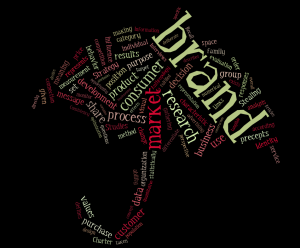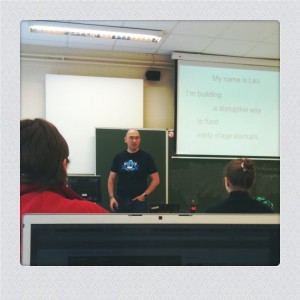
This semester saw me developing and teaching a new extensive course. Following the positive evaluations received from the students taking the New Media course at Katho and their calls for more specialized courses, prostate I was asked to prepare and deliver an introductory course on Branding.
The course
After extensive research of other branding courses – both academic and non-academic – I have decided to focus on the main areas of branding: definitions, skincare brand positioning, segmenting and research, brand strategy and management and brand equity. Of the 15 hours dedicated to the course I have decided to dedicate 3 to peer learning, 3 to evaluation and 1 more to exploration.
We started the course in front of a grocery store when after the brief introduction students received their first task: observing branding in action – as in observing store layouts, predominance of some brands and packaging, observing purchase behavior of other shoppers and thinking themselves in a purchasing situation as a way of assessing the influence of brands (knowledge, loyalty, price and more) on their purchase decision. We continued our lesson in a nearby park discussing the outcomes of their observations and introducing key notions such as brand image, brand identity or brand promise.
 The course also provided students with a day for peer learning when they had to lead the class and speak about brand equity and brand measurement. Moreover, Leo Exter, founder of WeStartup and BizCamp Belgium,  joined the class and shared with them his experience as a marketeer and brand builder. His talk focused on three lessons practical marketing has been extremely informative and interesting.
The course also provided students with a day for peer learning when they had to lead the class and speak about brand equity and brand measurement. Moreover, Leo Exter, founder of WeStartup and BizCamp Belgium,  joined the class and shared with them his experience as a marketeer and brand builder. His talk focused on three lessons practical marketing has been extremely informative and interesting.
Assignments & marking
The students’ final assessment was a team project: the students were given a generic product (orange juice or a waffle) and were asked to develop a brand and brand strategy for the product. They also had to conduct research to support their strategic direction. However, their grade was a result of their class activity, peer learning day and the team project. The course syllabus has details on each aspect of the course.
The evaluation
As with the New Media course, I asked the students to fill in an online evaluation survey. According to the results, the best parts of the course (as in rated as excellent) were:
- The overall teaching effectiveness (80%)
- The lecturer’s answer to the students’ questions (80%)
- The lecturer’s use of technology (80%)
- The lecturer’s ability to present alternative explanations (70%)
- The clarity of the students’ responsibilities and requirements (70%)
Judging from the evaluations and the feedback received the students enjoyed the course and although they might have come across the notions we covered previously, the structure and way in which they were presented enabled them to expand their knowledge and understanding of the subject.
It is extremely rewarding to see such good evaluation results especially after a first delivery when all that one can do is try to benchmark against other courses offered internationally. It is a challenge to produce something that has already been covered and delivered so many times before but give it a new twist. To achieve this, I have to thank the academics and practitioners who provided me with their feedback while I was working on this course.
